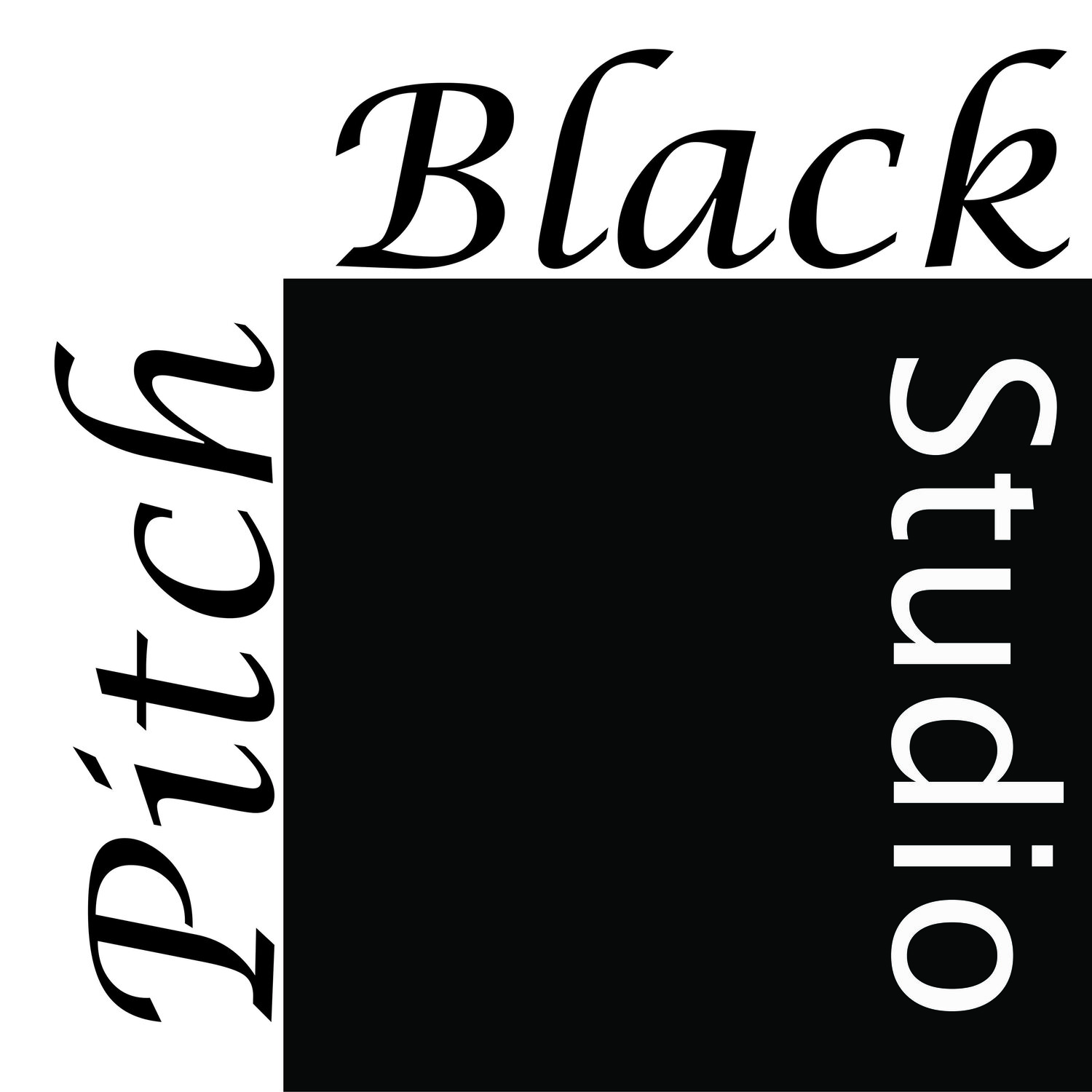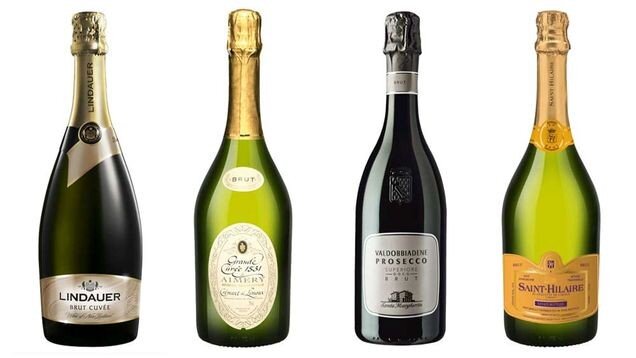What is Champagne, really?
An article written for Antony Anderson - Wine Matchmaker - based on his own article.
Let me take you back to the 17th century, to a small region known as the Champagne, right up in the North East corner of France, where the climate is cold and the soil chalky.
In short, terrible for producing regular wine – the grapes wouldn’t ripen and the Summers too short to properly ferment the juice. The yeast would fall dormant in a cold barrel, to begin re-fermenting in the spring.
Not like the regions to the South. Burgundy in particular was the toast of Rome for producing rich and full wines, balanced and full of flavour. Of course the Champagnois were envious, as the best they could produce were some pale Pinot Noir rosés.
Coming out of the Middle Ages, Champagnois wine makers experimented with adding elderberries, sugar and yeast at various stages of the fermentation process.Some turned their attention to making wine out of white grapes, and it took all their effort to stop the white wines from producing bubbles.
From1661, Benedictine monks took up the charge, and Dom Pérignon tried bottling the juice before the fermenting was done for a second brew in the bottle. Much wine was lost in chain-reactions of exploding bottles, but he persisted. Eventually, Pérignon tasted from one of the surviving bottles he called to his fellow monks, “Come, for I am drinking stars!”
Thus ‘Méthode Champagnois’ was born, and the Champagnois are proud and fiercely protective over the name ‘Champagne.’ Any bubbly wine that is NOT produced in that region may not be called Champagne, but is instead called Sparkling Wine. Or whatever else other varieties of sparkling wine may be called.
Other sparking wines
Wines made elsewhere in France using the ‘Traditional Method’ are usually called Cremant, like the Simonnet-Febvre Cremant de Bourgogne from Burgundy. Same wine, made from Chardonnay and Pinot Noir, but half the price.
Similarly, the Yarra Valley’s Domain Chandon owned by the French Company LVMH, produces some good examples of sparkling white using the same blend.
Spain’s contribution to the sparkling range is Cava, a blend of Macabelo,Parellada and Xarel-lo. My current favourite is the 2016 Freixenet VintageReserva Brut Cava, which you can buy for around $17 per bottle (or less on special), which is cheaper than many Australian sparkling wines.
Prosecco is Italy’s sparkling wine, and has become very popular in recent years. Produced in nine provinces in the Veneto and Friuli Venezia Giulia regions of NorthEastern Italy, the Charmat (Martinotti) method involves the second fermentation occurring in a steel tank instead of bottles. The result is a simpler, fruitier sparkling wine that is quicker to make (3 months instead of15), and therefore cheaper. Good examples of Prosecco include Maschio Superiore Prosecco Di Conegliano and Rebuli Prosecco Superiore DOCG Valdobbiadene NV..
There is one more method, but the less said about that the better. The Soda Method is really just injecting regular wine with carbon dioxide gas the same as if you took any old white and put it through a Soda Stream.
So the next time someone calls sparkling wine "Champagne", feel free to correct them by telling them "all Champagne is sparkling wine, but not all sparkling wine is Champagne!"
Cheers!
Antony Anderson is The Wine Matchmaker, and hosts wine education events and regular news and advice. Here is his website, and here is his Facebook page. Do drop by for a drop.







